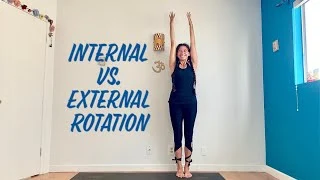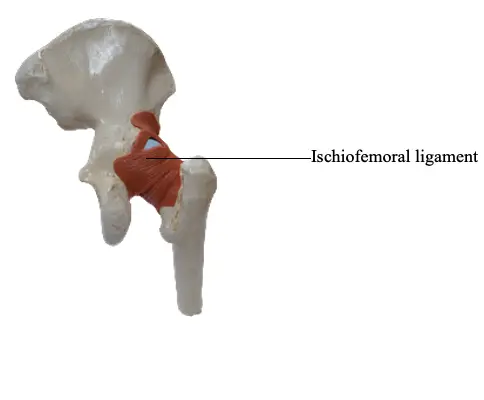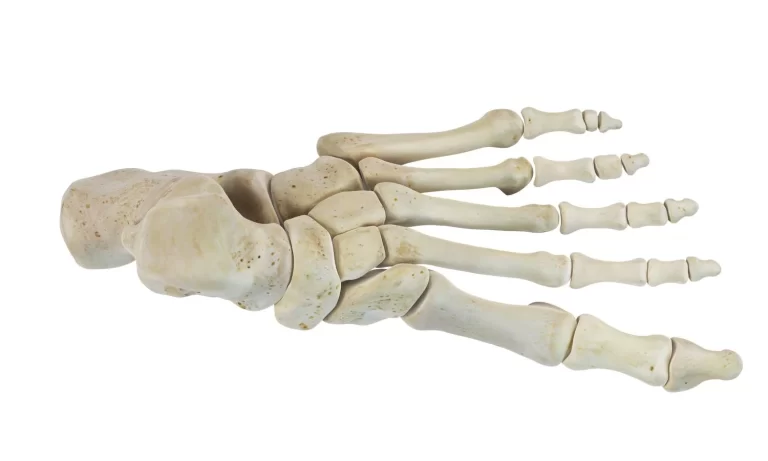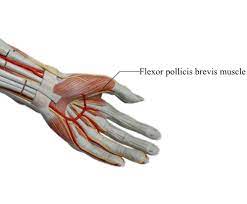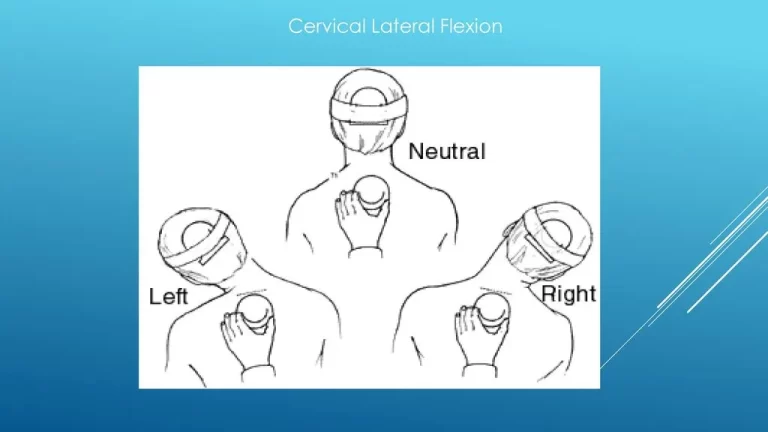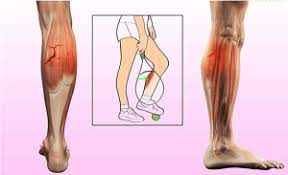Internal Rotation VS External Rotation
Table of Contents
Difference between Internal Rotation and External Rotation
External rotation and internal rotation are terms used to describe movements that occur at joints, particularly in the context of the musculoskeletal system.
External rotation refers to the movement of a body segment away from the midline of the body or the center of a joint. For example, rotating your shoulder outward so that your forearm moves away from your body is an external rotation.
On the other hand, internal rotation is the movement of a body segment toward the midline of the body or the center of a joint. Using the shoulder as an example again, rotating your shoulder inward so that your forearm moves closer to your body is an internal rotation.
These terms are often used in medical, anatomical, and fitness contexts to describe the range of motion and positioning of various body parts.
The main difference between external rotation and internal rotation lies in the direction of movement and the resulting position of the body segment or joint.
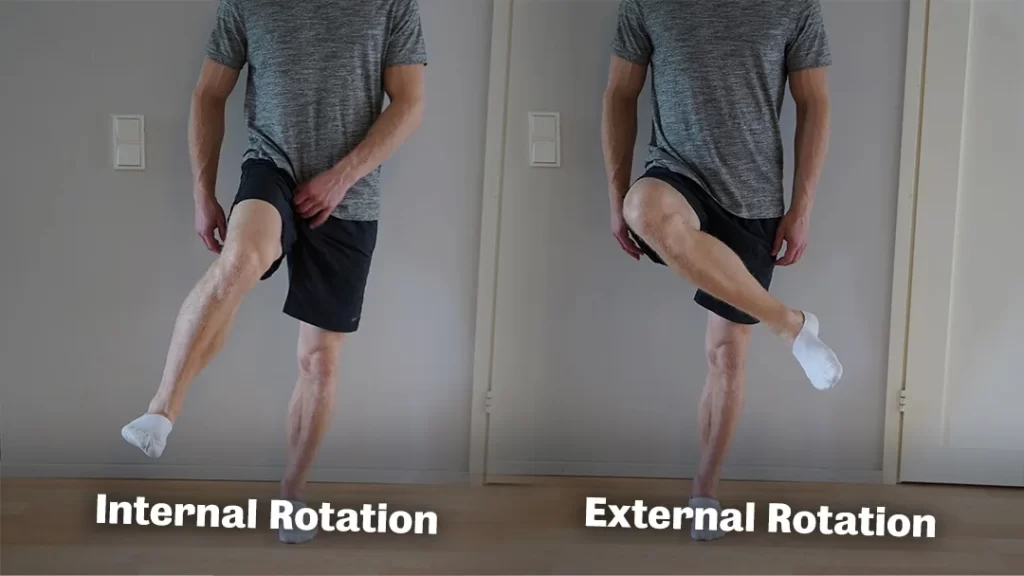
- External Rotation:
- Movement: Away from the midline of the body or the center of the joint.
- Example: When you rotate your shoulder outward so that your forearm moves away from your body, it’s external rotation.
- Sports/Fitness: Commonly used in exercises like lateral raises or throwing motions.
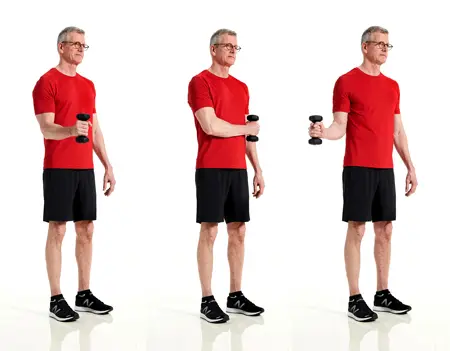
- Internal Rotation:
- Movement: Toward the midline of the body or the center of the joint.
- Example: Rotating your shoulder inward so that your forearm moves closer to your body in internal rotation.
- Sports/Fitness: Seen in activities like swimming strokes or movements involved in some weightlifting exercises.
Both types of rotation play important roles in joint mobility and various physical activities, and they are often used to describe the range of motion at different joints in the body.
What is Internal Rotation?
Internal rotation is a movement that occurs at a joint where a body segment rotates toward the midline of the body or the center of the joint. In simpler terms, it involves turning a body part inward. This movement can occur at various joints in the body, such as the hip, shoulder, or even the wrist.
For example:
- Internal rotation of the hip: Turning your thigh bone inward towards the midline of your body.
- Internal rotation of the shoulder: Rotating your arm inwards so that your forearm moves closer to your body.
- Internal rotation of the wrist: Rotating your palm inwards towards your body.
Internal rotation is an essential component of many activities, from everyday tasks to sports and fitness exercises. It’s important for maintaining joint mobility and enabling a wide range of movements.
What is External Rotation?
External rotation is a movement that occurs at a joint where a body segment rotates away from the midline of the body or the center of the joint. In simpler terms, it involves turning a body part outward. This movement can occur at various joints in the body, such as the hip, shoulder, or even the ankle.
For example:
- External rotation of the hip: Turning the Patient’s thigh bone outward, away from the midline of the Patient’s body.
- External rotation of the shoulder: Rotating your arm outwards so that your forearm moves away from your body.
- External rotation of the ankle: Turning your foot outward.
External rotation is important for a variety of movements, ranging from basic actions like reaching for objects to more complex motions like throwing or kicking. It contributes to joint flexibility and allows for a broader range of motion in various activities.
FAQs
What does the shoulder’s external and internal rotation entail? Inner shoulder rotation exercises work the muscles in the front of the chest and shoulders. External shoulder rotation exercises work the muscles behind your shoulders and upper back.
massive internal rotators like the pectoralis major and lats are more powerful than massive external rotators like the lats and abdominals.
Examples of internal rotation are: Bend your elbows 90 degrees to his, internally rotate your shoulders, and bring your forearms and hands closer to your body. Rotate your lower leg around your hip joint and move your feet away from each other.
Tension in the musculoskeletal units of the posterior joint capsule and the posterior rotator cuff is thought to limit the internal rotation of the joint. Posterior capsule narrowing causes GIRD (articular humeral internal rotation defect).
Externally rotating your hips rotate your thighs and knees outward and away from your body. Movements that use external hip rotation include riding in a car, throwing a baseball, and other movements that require pelvic rotation while shifting most of your weight to one leg.

